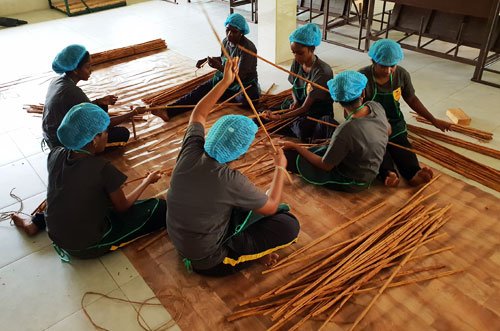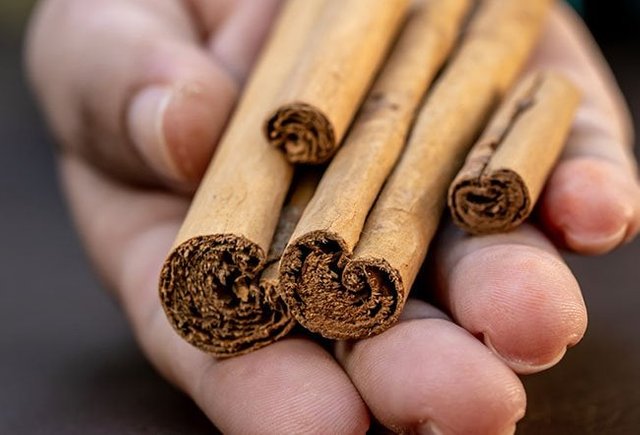


Ceylon cinnamon, also known as "true cinnamon," is a type of cinnamon that comes from the inner bark of the Cinnamomum verum tree, which is native to Sri Lanka and southern India. It is considered to be of higher quality and has a sweeter, more delicate flavor than the more commonly used cassia cinnamon. Ceylon cinnamon is also lower in coumarin, a compound that can be harmful in large quantities. It is used in cooking and baking, as well as in traditional medicine.
Cinnamon was one of the first spices known to mankind since the early days of civilization. In the ancient times the most important spice export of Sri Lanka has been the Ceylon cinnamon.
Cinnamon (Cinnamomum zeylanicum) has many everyday uses. Every part of the tree, namely, bark, leaves, buds, flowers, fruits, wood, and roots are being used.
Cinnamon is a very useful spice of Sri Lanka. Cinnamon is used for cooking purposes, medicinal purposes and also in the cosmetic and perfumery industries. In some counties cinnamon has been used for religious purposes. It is no wonder cinnamon is a miracle plant with all these possible uses having economic importance for its products.
The genus Cinnamonum
The genus Cinnamonum Schaeffer is a large genus having more than 250 species, distributed in south and south-east Asia, China and Australia. Cinnamon and Cassia are the two oldest known spices of the genusCinnamoum used by mankind and are the only commercially important ones. Cinnamon (Cinnamonum.zeylanicum Blume) is the “true cinnamon” of commerce. Other species- Cassia sometimes called "bastard cinnamon" is obtained from various sources like Chinese cassia (C.aromaticum, syn.Cassia) Indonesian cassia/Padang cassia or korintje ( C.burmanii), Saigon cassia or Vietnam cassia ( C.cassia or earlier identified as (C.loureirii) and Indian cassia ( C.tamala).
Cinnamon tree indigenous to Ceylon
The cinnamon tree originally grew wild in the island of Ceylon (a former name of Sri Lanka). Therefore, it came to be known as Ceylon cinnamon. Cinnamon is botanically identified as Cinnamonum.zeylanicumBlume. Sri Lanka produces and exports the largest quantity and best quality of true cinnamon. India Seychelles and Madagascar (Malagasay Republic) are the other cinnamon producing countries.
Cinnamon from Ceylon was first introduced to India in 1798 by Mr. Murdock Brown who was then Superintendent of the British East India Company. The oldest Indian plantation of Ceylon cinnamon was the Anjarakandy Estate in the Kannur District of Kerala which still exists. Ceylon cinnamon was cultivated in South India, in the states of Kerala, Karnataka, and Tamil Nadu and the planting material was introduced by European settlers from Ceylon. The cultivation of Ceylon cinnamon introduced to several other countries including Brazil, Borneo, Colombia, Comoros islands, Dominica, Fiji, French Polynesia, Ghana, Guadeloupe, Haiti, Indonesia, Jamaica, Java, Madagascar, Malaysia, Martinique, Mauritius, Mayotte, Mexico , New Caledonia, Nicaragua, Nigeria, Philippines, Puerto Rico, Réunion, Sierra Leone, Seychelles, Sumatra,Tanzania, Guyana, and Uganda.
However, Ceylon cinnamon has remarkable features like its colour, flavour and aroma because of the particular soil and climatic conditions which is extremely unique to the country.